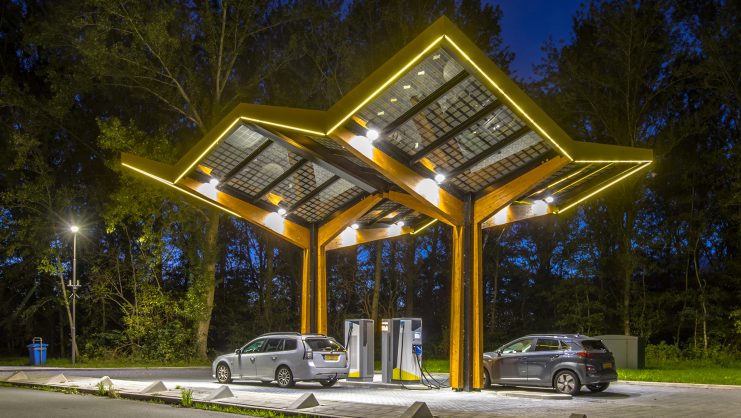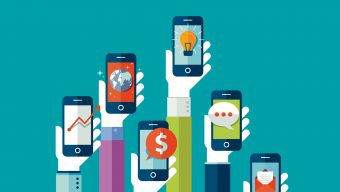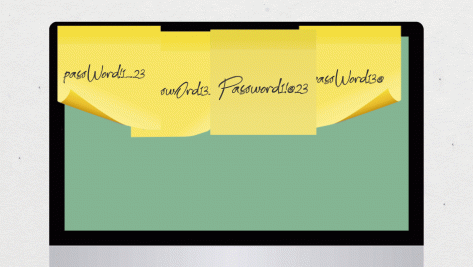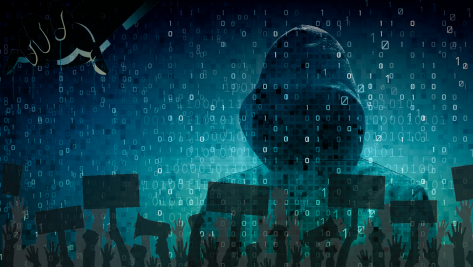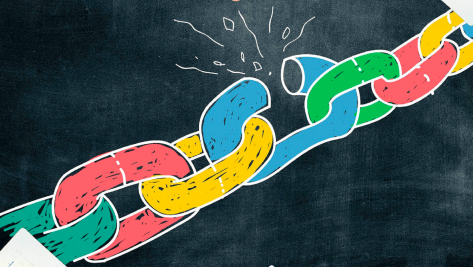In the information age, we are seeing more and more fake news and videos that challenge our capacity to distinguish between fiction and reality. This phenomenon began as a training project in which a group of young people created a website filled with health-related articles based on no knowledge whatsoever. More recently, the problem achieved global proportions in the case of Cambridge Analytica.
What can be said about the fake bios and profiles generated by algorithms? Online identities emerge out of nowhere, dressed up with various details to avoid raising suspicion. Thanks to artificial intelligence, this is now a reality.
From fake videos to made-up social media profiles, the combination of human and technological capacities has made it possible to create an alternate reality. One of the fundamental problems is that once a technology has been developed, there is no way of knowing what the final result will be. We always hope that it will be positive, but experience has shown that this is not always the case.
One of the fundamental problems is that once a technology has been developed, there is no way of knowing what the final result will be.
The algorithm-guided life
Beyond accessing content and suggestions through platforms like Netflix, technological developments may eventually allow us to see different—and completely personalized—versions of the same movie. Chips implanted in our bodies may allow us to select our favorite actors and even adjust the scariness of horror films.
You might see this as a futuristic scenario where algorithms rule the world. Indeed, many people may not want artificial intelligence to have so much control over their lives.
The truth, however, is that artificial intelligence already permeates our lives around the clock. Apps are everywhere: they monitor our sleep habits to determine the best time to wake up, suggest physical exercises based on our previous progress and heart rate, tell us what emails to answer and what tasks to prioritize, determine our most important circles of friendship, choose which news items we should read first, and design the optimal route for our commutes.
Algorithms obtain huge amounts of information through these apps. They know where we shop, what websites we visit, and what sort of content we prefer. They even track our moods throughout the day!
Many people may not want artificial intelligence to have so much control over their lives.
Sense of control
A key question naturally arises. Who do you trust more to make decisions: algorithms or people?
Tesla gave its self-driving cars level 3 autonomy, which requires the driver to take control of the steering wheel every so often. This decision was made in order to give drivers a sense of control—the feeling that the computer was not in charge of everything.
Google toyed with the possibility of eliminating the steering wheel entirely, but shareholder opposition persuaded the company to reconsider.
Facebook allows users to personalize their feeds by prioritizing certain topics or friendships. Everyone was happy when this option was introduced—whether they used it or not—because it gave them more control over their use of the social network.
Wikipedia is another example of the ability to intervene. Everyone is welcome to edit the site’s content, yet very few people actually do so.
Although technology creates problems, it can also provide solutions when applied in conjunction with human capacities.
The two sides of technology
There are two sides to most technological developments. Unexpected negative effects tend to come to light eventually. However, although technology creates problems, it can also provide solutions when applied in conjunction with human capacities.
For example, the widespread use of computers and mobile devices consumes large amounts of energy and therefore favors global warming. The good news is that artificial intelligence enables projects that can offset this effect: detecting water sources to serve drought-prone areas, identifying crops at risk of extinction, and developing sustainable cities.
In the automotive industry, artificial intelligence has clearly brought about advances in mobility. This is obvious today, but it probably wasn’t in 1896, when the first pedestrian was killed by an automobile. Back then, many people thought it was crazy to keep developing motor vehicles. However, human capacities, coupled with technology, have made it possible to find solutions: active and passive safety systems.
With every new development, the risks are obvious and unpredictable, but so are the advances and benefits. We can’t predict how our current concerns will be resolved. However, we can be sure that artificial intelligence, coupled with the abilities of human beings, will help us find the answers.
© IE Insights.




